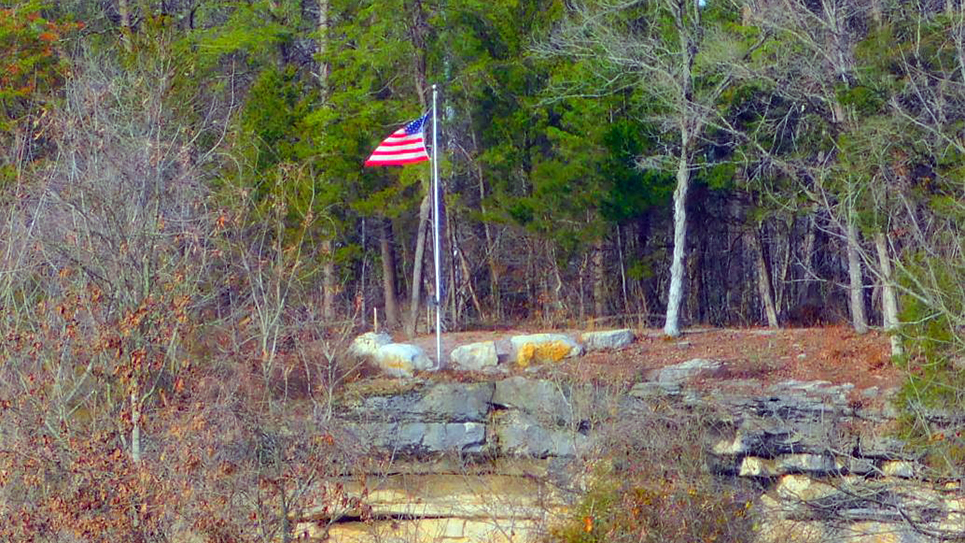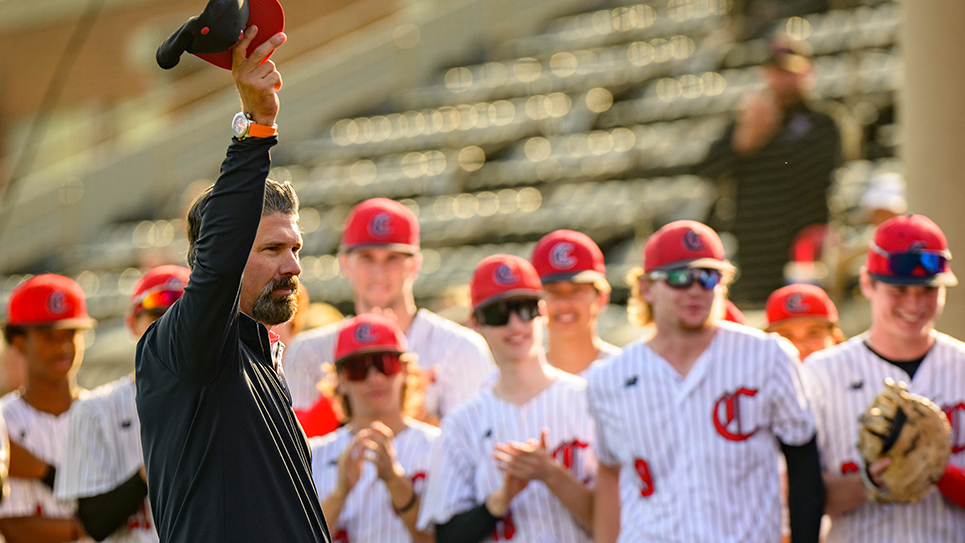By Joe Rector
I don’t want to jinx anything, but it does looks as if spring might make an appearance on time. Most of us are weary from all the snow and frigid temperatures that have assaulted us this winter. So, with a few days of warm weather, we’re ready to arise from our hibernation and begin those chores outside.
These days, yard work has become a much too in-depth process. I admit that to being as guilty as anyone of going to extremes in taking care of my yard, but even my efforts pale in comparison to some folks.
The process begins at the end of February or early March. Men roll out their spreaders and fill them with “weed and feed.” The price per bag of this stuff runs anywhere from $11-$35, and most of the time, the job requires multiple bags. If that weren’t enough, a second defense of concentrated weed-be-gone is applied with a water hose and special container. Still, there’s no guarantee that unwanted plants won’t pop up anyway.
I used to go all out in applying this stuff to the yard, but the fact remains that it will work only if all the rest of the neighbors attack their weed infestations. That doesn’t happen in our community since we have yards, big, open spaces instead of postage stamp-sized lots that many subdivisions have. Now, I make a couple of attempts to kill the most stubborn and aggressive weeds and leave the rest of them alone. As the old saying goes, “it’s all looks green when it’s mowed!”
The next step is fertilizing and over-seeding. I get the idea of giving a kick-start to grass, but not going overboard. My father-in-law once urged me years ago to apply ammonium-nitrate to my new yard. I could hear the grass growing at night and mowed twice a week to keep it from overtaking the house. As for over-seeding, I thought that grass had a root system that would cause it to spread and grow. My experience is that throwing out extra seeds is a waste of money since the wind and birds take most of it.
Then there’s the mulching of areas. I take my trailer and get two scoops per visit and then spend hours shoveling, spreading and raking this concoction that is a mixture of ground wood and manure. Yes, it does make the place look nice, but mulch lasts only so long before it must be reapplied, and none of the stuff smells pleasant.
In years gone by, I remember the yard work we boys did around the house. Our older brother Dal mowed because Daddy feared that Jim and I would cut off our feet. So, we each received sets of hand clippers and were instructed to cut the weeds around the house and all flower beds. For hours we’d squeeze those clippers until our hands cramped. That job is what a weed-eater performs today.
Mother had flowerbeds everywhere. However, she didn’t line them with pavers or other stackable borders products. She dug up rocks from the yard and lined her beds with them. Then she’d fill the ground with plants and ground cover that made mulch unnecessary.
The earlier generation made do with what they had more than we do. They recycled most anything. Rarely did they go out and spend a wad of cash on pots for plants. Nope, they scrounged around until they came up with the perfect plant containers: used tires. Homeowners would apply a coat of whitewash to the rounds, set them in the yard, and fill them with dirt and a little manure. Then they’d stick in plants, give them a drink of water, and leave them alone. I know for a fact that the plants grew healthy all summer.
Today, we invest fortunes in pots and baskets and raised growing beds, but our flowers aren’t any prettier that the ones our parents had. I much prefer a natural looking yard to a perfectly sculpted one. Something “human” is part of a landscape that’s a little cockeyed or that is lusher in some places than in others. The old yards had bare spots as well, and I’ll bet they were caused by kids playing there.
Maybe we’d all be happier if we returned to white painted tire planters and a few bare spots to remind us of our children’s presence. Many folks would definitely be less fatigued from all the work.






